Wine faults: Oxidation
The relationship between oxygen and wine is an ambivalent one. The gentle introduction of oxygen to a wine during the maturation process – through the microscopic pores in a wooden barrel, for instance, or via the technique of micro-oxygenation – can help to lend a wine mid-palate weight and soften tannins.
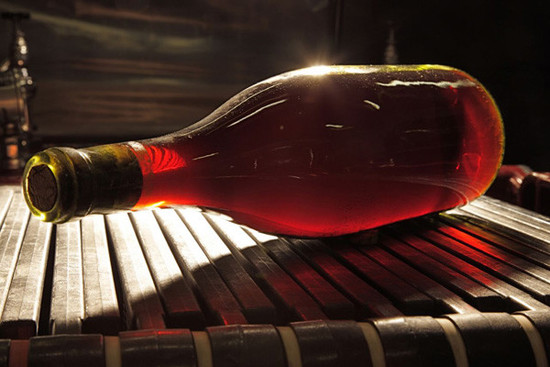
Too much oxygen, though, results in oxidation. Affected wines are easy to spot: their colour is less vibrant (often with a brownish tinge) than you might expect given their age. One sniff or sip will confirm the diagnosis: there’s little freshness or bright fruit, and the finish is often marked by a bitter, drying character.
Oxygen can attack wines at any stage during their fermentation, maturation and storage (especially if the cork doesn’t provide an airtight seal). And yet not all oxidation is the result of a mistake. Many fortified wines – tawny Ports, palo cortado, amontillado and oloroso Sherries, Rutherglen Muscats and Topaques from Australia and the traditional sweet wines of Banyuls and Maury among them – rely on oxygen to create their hallmark flavour profiles. Madeira is another oxidised style of wine, though the term maderisation (which implies heating as well as exposure to oxygen) is more precise, albeit a little pedantic.
Some table wines, too, have traditionally had a whiff (or more) of oxygen about them (although not to the same extent as the overtly oxidised fortified wines). You’re most likely to find these wines in Old World regions where custom dictates that the wines spend prolonged periods in oak, often without the benefit of regular topping up, which helps keep oxygen at bay. These wines bear many oxidative characteristics – notes of nuts, dried fruits, beeswax and honey, for instance, as well as more obviously sherried (aldehydic) undertones. Happy hunting grounds – if you like this style – include Rioja (both whites and reds), Jura, Chenin Blancs from the Loire, Italy (particularly Piedmont and Montalcino) and the southern Rhône.
Read on the next page:
Wine faults: Reduction
Translated by Sylvia Wu / 吴嘉溦
All rights reserved by Future plc. No part of this publication may be reproduced, distributed or transmitted in any form or by any means without the prior written permission of Decanter.
Only Official Media Partners (see About us) of DecanterChina.com may republish part of the content from the site without prior permission under strict Terms & Conditions. Contact china@decanter.com to learn about how to become an Official Media Partner of DecanterChina.com.

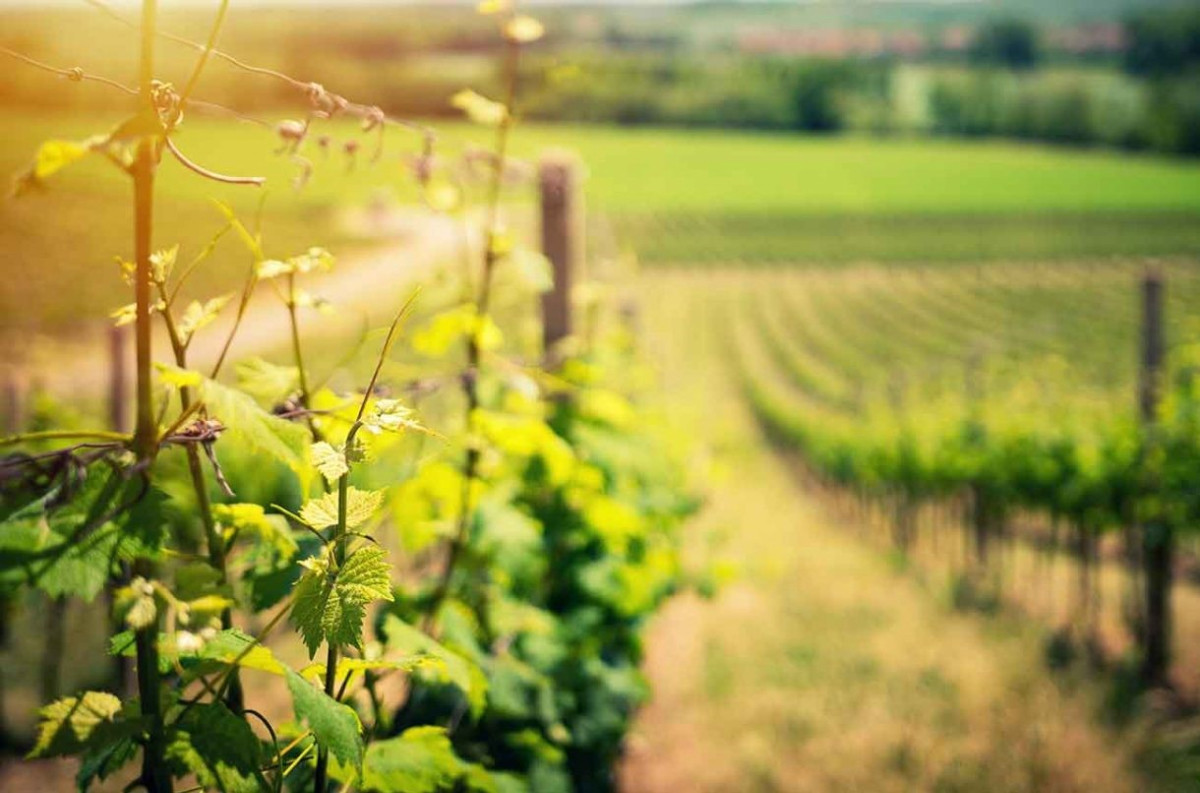
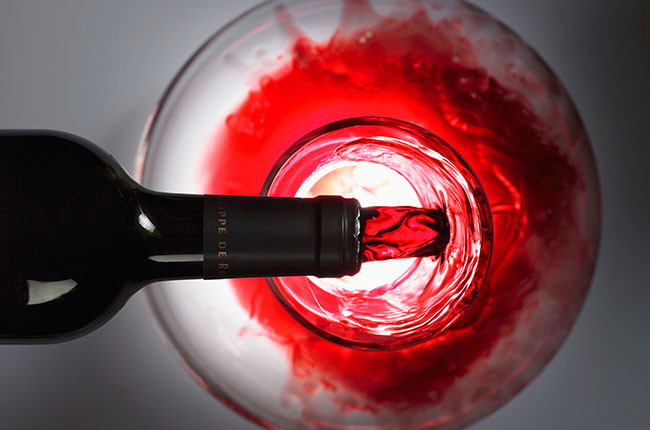
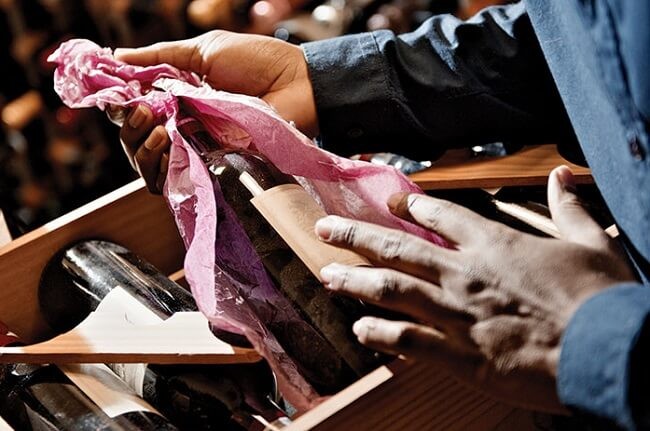
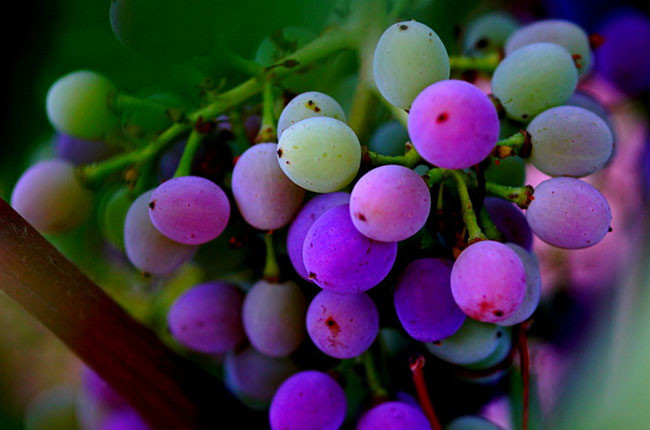
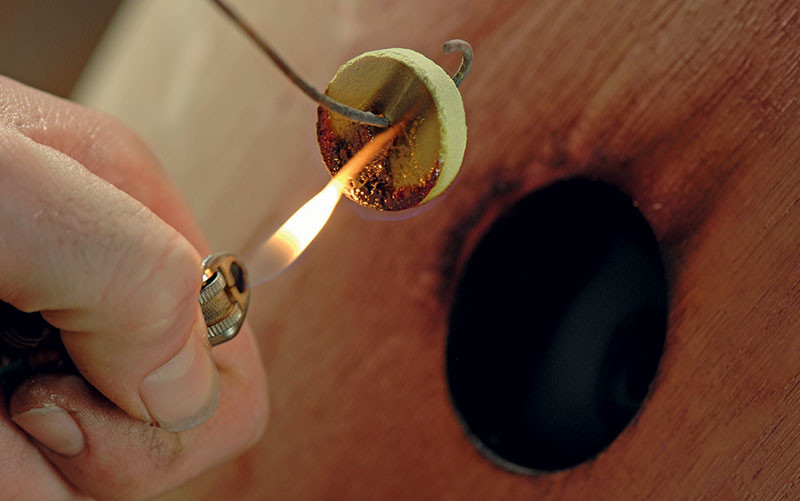
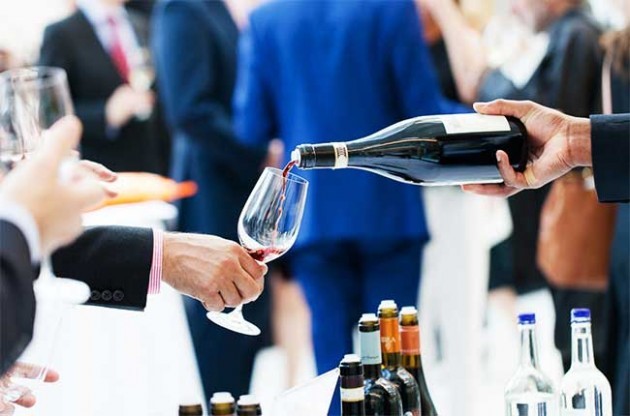
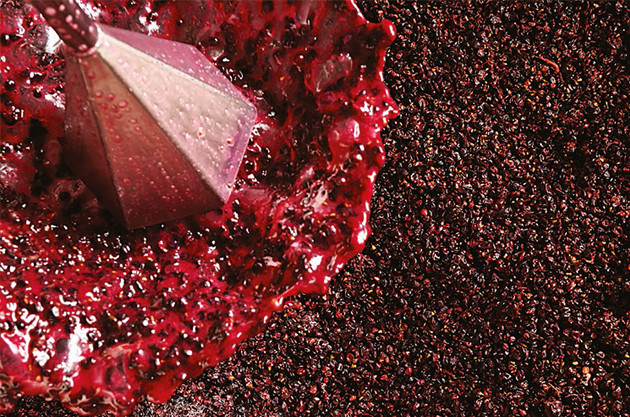
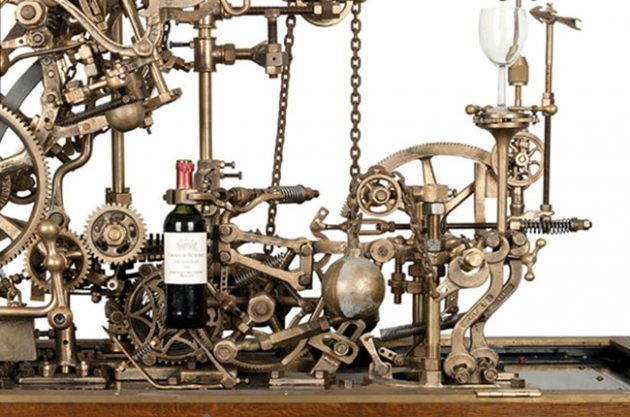
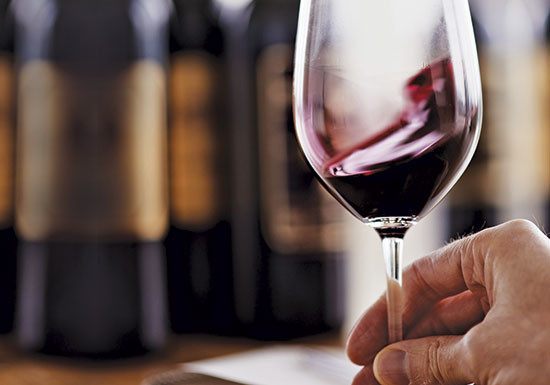
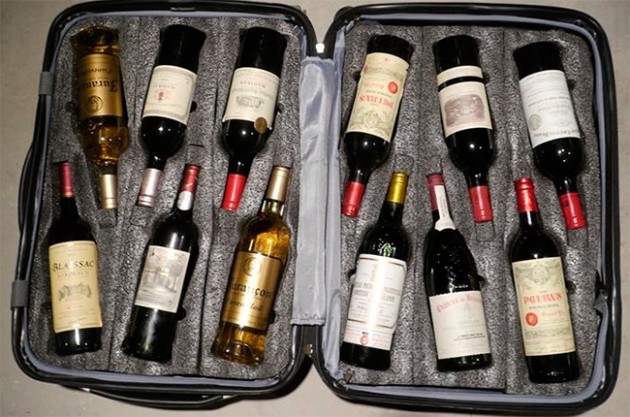
Comments
Submit